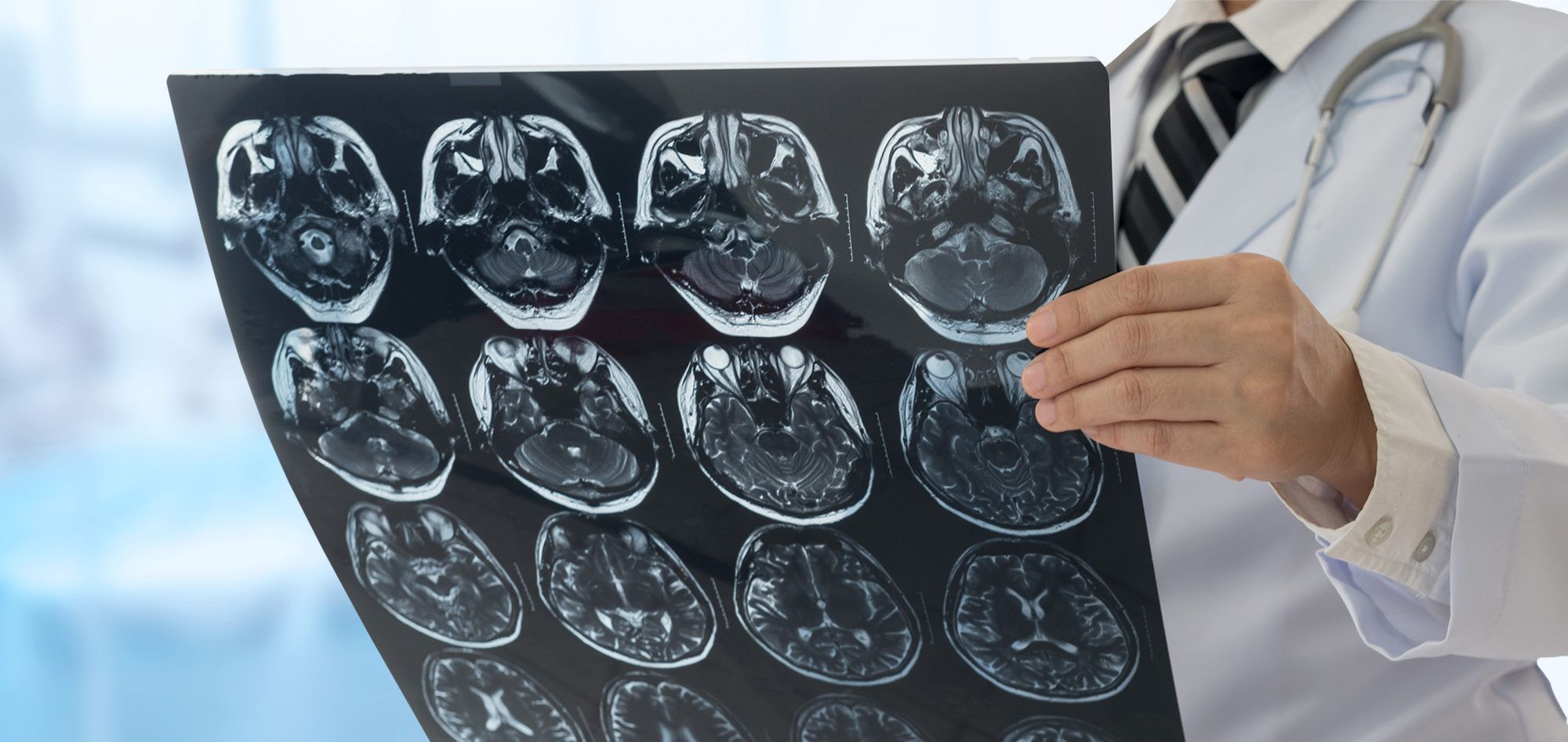
Facial Reanimation
What is facial reanimation?
Facial reanimation describes a surgical procedure, or a series of procedures, aimed at restoring movement to the face. There are two kinds of surgeries for facial paralysis or facial palsy:
- Static restoration help the two sides of your face look more symmetric at rest. They do not restore movement to your face muscles
- Dynamic restoration helps your face look more symmetric while also restoring movement, for example, this kind of surgery may help you smile or close your eye.

What is facial reanimation used to treat?
Facial reanimation is used to treat facial palsy, also known as facial paralysis. Facial palsy describes the inability to move facial muscles normally, this can affect one or both sides of the face.
Facial palsy occurs when there is loss of function of the facial nerve. This may result from trauma, infection, an acquired disease, a congenital condition, or an unidentifiable cause.
Facial reanimation procedures can also help synkinesis. Synkinesis is disordered facial movement due to facial nerve “cross-wiring” which can be improved with neuromuscular retraining, Botox treatments and/or surgery.
How does facial reanimation work?
There are several surgical approaches and strategies that doctors can employ to alleviate facial palsy.
Nerve repair: Rarely, the surgeon may be able to directly repair the injured portion of the facial nerve.
Nerve graft: If too much of the facial nerve is damaged, the surgeon may join the nerve endings together using healthy nerve tissue taken from elsewhere in the body. This procedure is called a nerve graft.
Nerve transfer: In some cases, the surgeon may bypass the injured portion of the facial nerve entirely rather than repairing it. In a procedure known as a nerve transfer, the surgeon selects a healthy donor nerve from elsewhere in the face or the body, where it is redundant or otherwise not critical to any function.
At the Barrow Facial Reanimation Program, our surgeons use different facial reanimation techniques to meet the needs and goals of each individual patient. These surgeries are usually performed in stages.
Static options for the upper face include brow ptosis repair, blepharoplasty, weight placement in the upper lid and lower lid canthoplasty. For the lower face (to reconstruct smile), static options include fascial sling or midface lift procedures.
Dynamic reconstructive options include “baby sitter” nerve transfer procedures, same side or cross face nerve grafting, free functioning muscle transfer, or temporalis myoplasty.
Cross face nerve graft is when the surgeon “borrows” functioning redundant nerve branches from the normal side of the face to reconstruct dynamic function for the paralyzed side. The goal of this surgery is to allow a symmetric smile with emotion. This should not affect function of the normal side. A healthy donor nerve graft is also borrowed from the lower leg for this procedure.
If function cannot be restored to the injured branch of the facial nerve, the muscles it activates cannot regain movement and regional muscle transfer may be indicated. In this case, the surgeon may mobilize the temporalis muscle. This muscle is located on the side of the head and attaches to the jaw bone to enable chewing. The tendon attaching the temporalis muscle to the jaw can be repositioned to the lip and help to restore smile.
Similarly, in free functioning muscle transfer, the surgeon takes a portion of a healthy muscle from the inner thigh (gracilis) where it is not needed. The surgeon then transfers the muscle, along with its motor nerve and blood vessel, to the face to function in lieu of the non-functioning facial muscles.
Am I a candidate for facial reanimation?
You are a candidate for facial reanimation if you have facial palsy. You may undergo electromyography (EMG), blood tests and imaging tests to determine the cause and optimize your treatment plan.
Factors that affect your choices for surgery include:
- Your goals
- How long you have had facial paralysis and what part of your face it affects
- The cause of your facial paralysis
- The facial muscle function you still have
- Your age and medical conditions
Facial nerve disorders are well suited to a team approach to patient care. The goal is to achieve a more symmetric appearance at rest and in motion. Please talk to your health care provider for more information or if you have questions.
